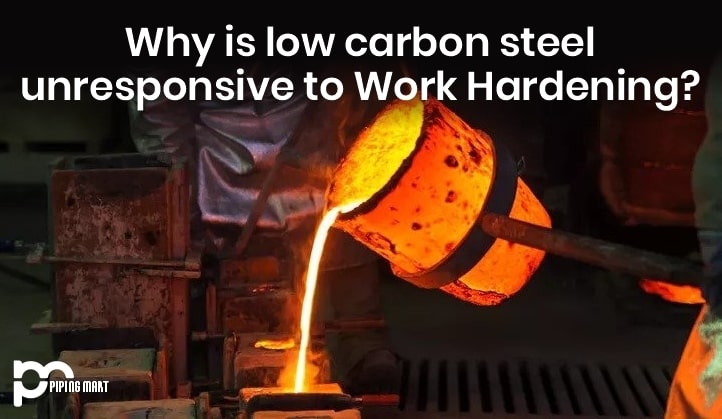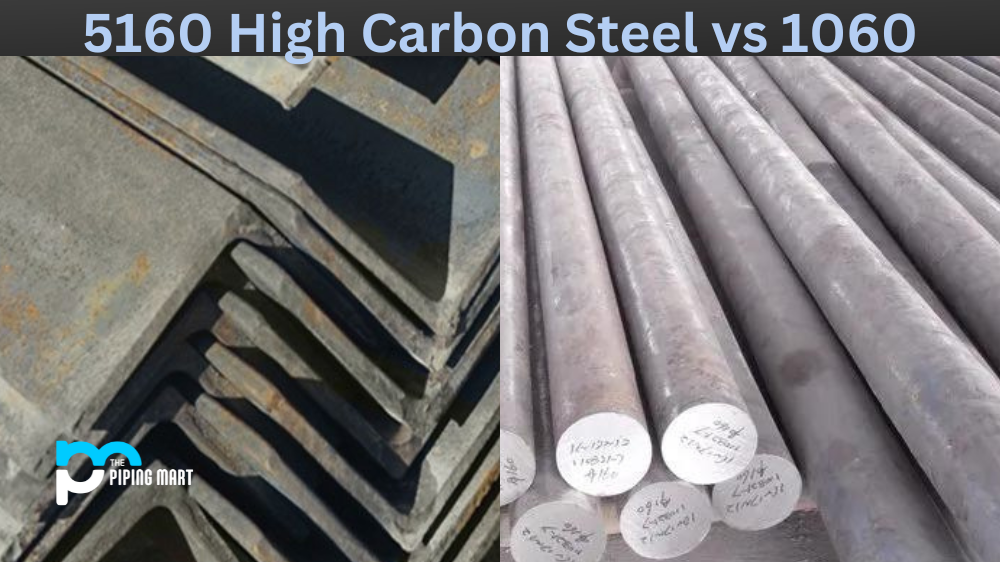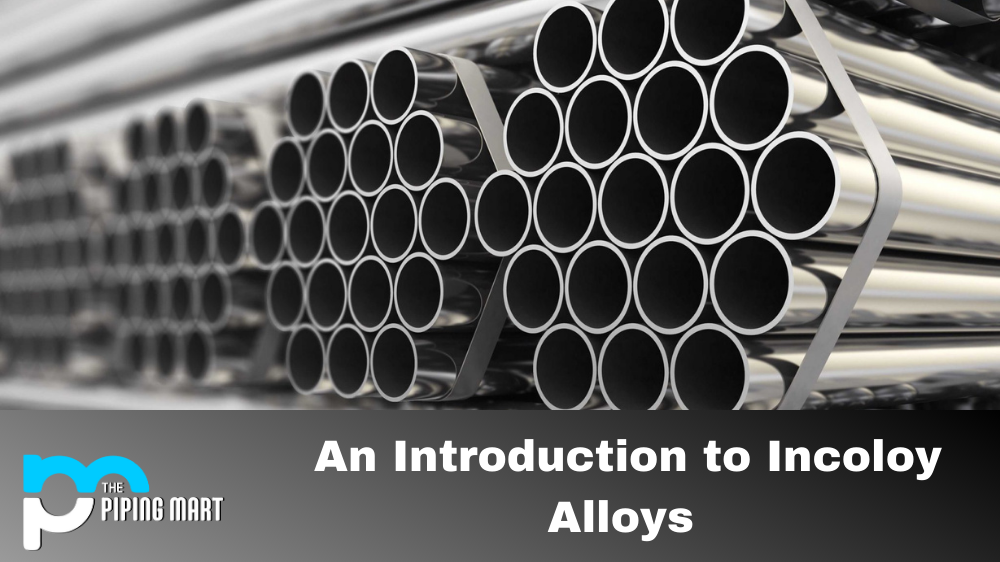The most commonly used type of carbon steel is low-carbon steel. Such steels typically have less than 0.25 percent carbon content. We cannot be hardened by heat treatment (to form Martensitic) so cold practice typically accomplishes this. Carbon prepares will in general be moderately delicate and have low obstruction. By and by, they do have a high flexibility which makes them phenomenal for machining, welding, and ease.
High-quality low-composite prepares (HSLA) are most here and there known as low-carbon prepares albeit certain segments, for example, copper, nickel, vanadium, and molybdenum, are regularly utilized. Such, in turn, constitute up to 10 per cent of the steel material. As the name implies, high-strength, low-alloy steels have higher strengths which are obtained by heat treatment. These still maintain ductility, rendering it quick to mold and Machin able to do so. HSLA is more corrosion prone than standard low carbon steels.
The annealed composition of low carbon steel is ferrite and a limited volume of pearlite, with poor strength and stiffness, and strong plasticity and durability. The cold formability is therefore fine, and cold forming may be achieved using a process such as crimping, twisting, or pressing. High carbon steel with higher carbon content has weak strength and bad machinability, so machinability can be enhanced by normalizing treatment.
Low carbon steel is usually not heat treated before using and typically rolls into steel edge, channel steel, I-beam, steel sheet, steel strip or steel plate to produce specific building materials, barrels, frames, furnace and farm machinery. Strong-quality low-carbon steel is formed into some kind of thin plate to produce deep-drawn products, such as car cabs and engine coverings; mechanical components of minimal strength requirements are often rolled into bars.
Why can’t we Heat Treat Low Carbon Steels?
Low carbon steels are wear resistant, abrasive, strong, machinable and weldable. This means they’re perfect for Cold Working. Cold working or, strain hardening is the process that entails hardening a ductile metal when it is deformed plastically at temperatures comparatively close to the absolute point of melting. As we find heat management here we look at the process “Hardening” alone.
This implies that when we do that, we harden the same steel that. We are looking at a heat treatment process involving heating the steel to temperatures of about 850–900 degrees centigrade and quenching it to create a Martensitic Microstructure.
The Martensitic is constructed from structures of alloys which do not include either Fe or C at all. In addition, with only pure Metal, Martensitic Transformation is probable. Yet the issue lies here. Quenching temperatures in excess of 35,000 degrees Centigrade / Second are needed for a effective attempt at such a feat.
Hardens for low carbon steels now might not be that intense through heat treatment. Martensitic heat treatments are typically applied to steels that produce more than 0.3 per cent C. The improvements in strength of these steels are most significant. However, steels comprising less than 0.3% C are challenging to harden in strong parts but are also hard to obtain outstanding combinations of strength and hardness in sheets and thin plates after tempering.

Pipingmart is B2B portal specializes in industrial, metal and piping products. Also, share latest information and news related to products, materials and different types grades to help business dealing in this industry.




